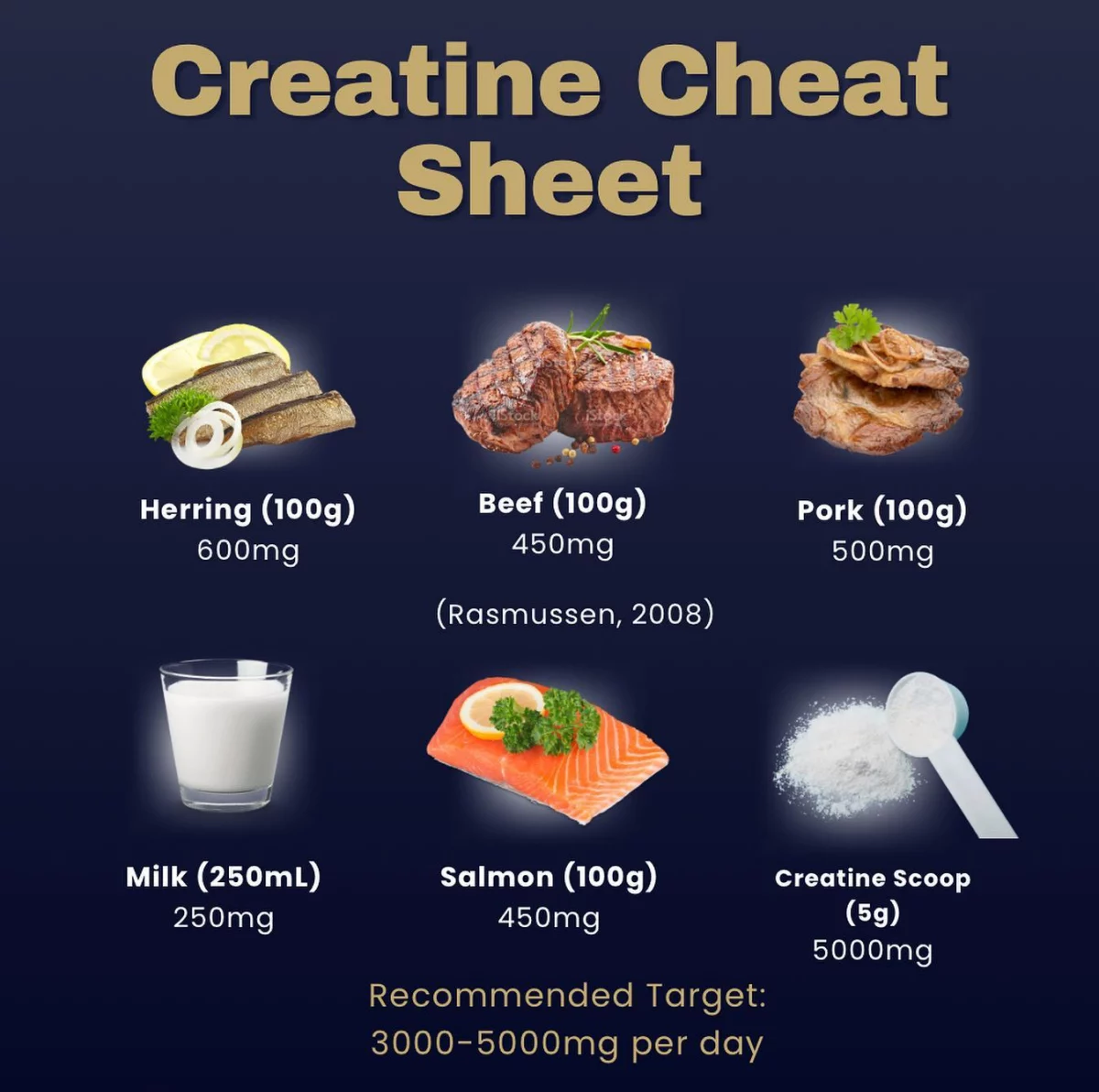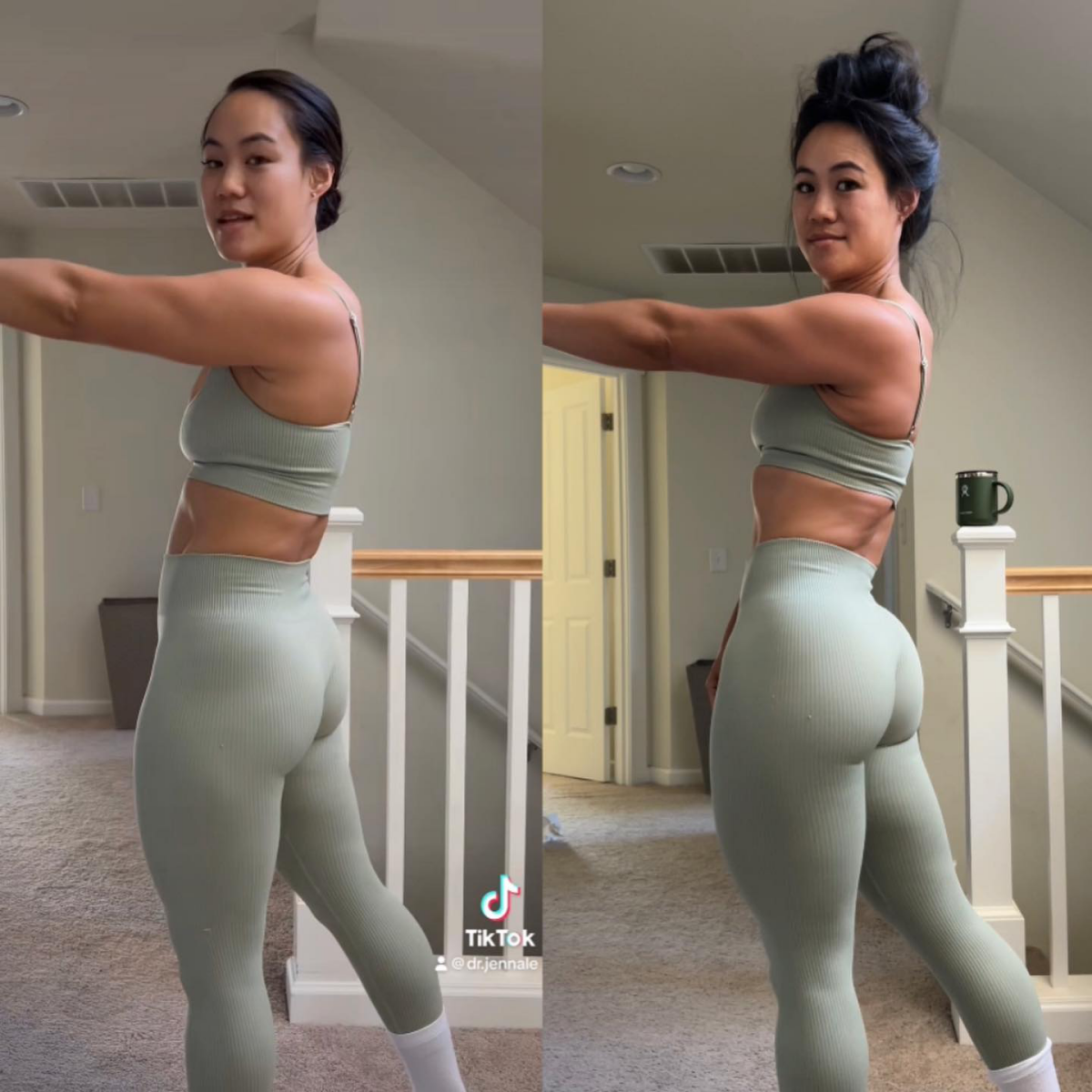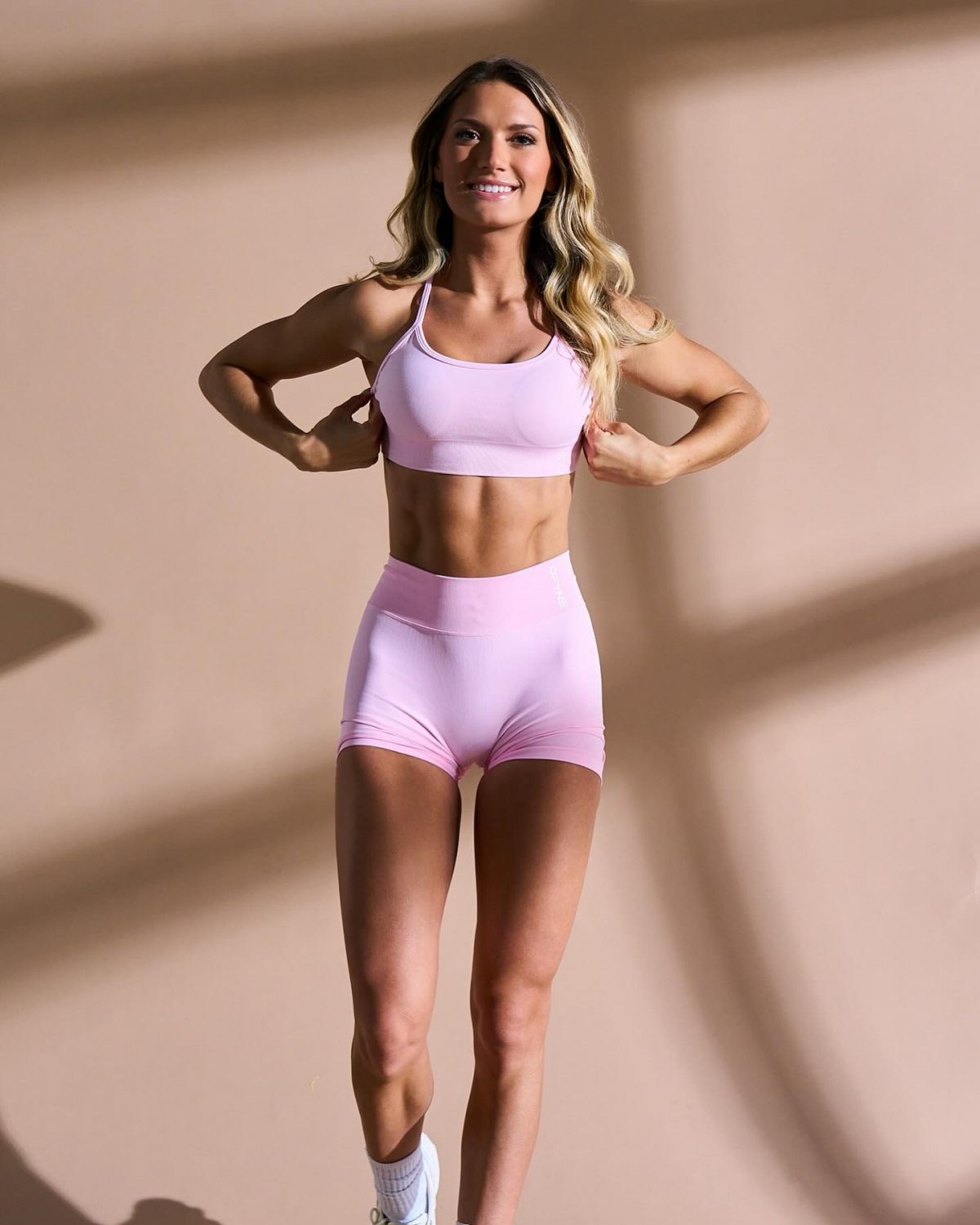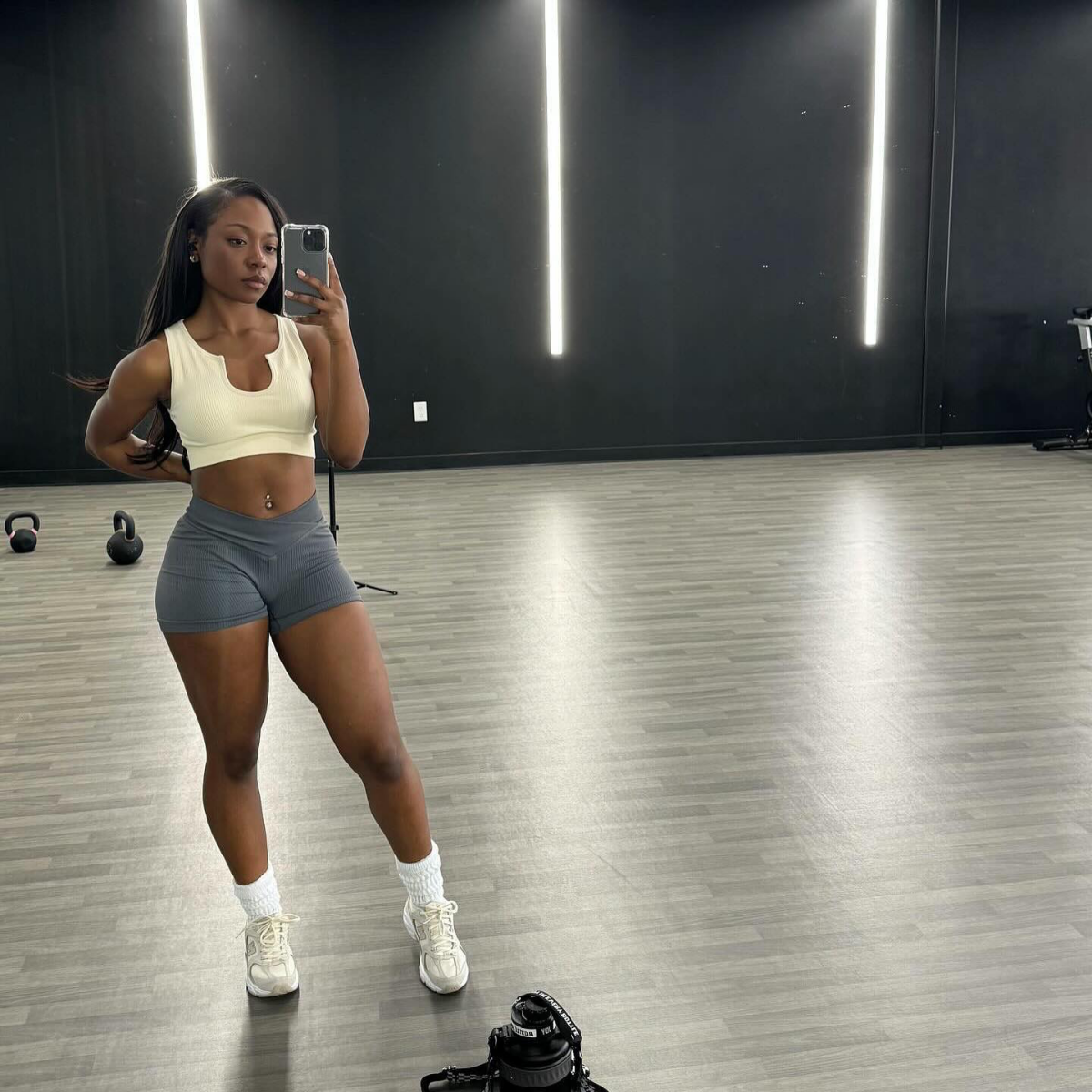The Straight-Up Guide to Creatine for Women: Stronger, Not ‘Bulky’
Alright, let’s have a real chat about one of the most misunderstood supplements out there, especially for women: creatine. For as long as I’ve been in the fitness world, I’ve heard the same worried whispers in locker rooms. Will it make me puffy? Is it some kind of steroid? Is it even safe? These are totally fair questions, especially since most fitness marketing either ignores us or pushes some weird, unproven stuff.
In this article
My mission here is to cut through all that noise. This is your practical, no-fluff guide to using creatine to get stronger, feel more energetic, and support your health for the long haul. No magic pills, I promise. Just a powerful, well-researched tool.
In a hurry? Here’s the short version: Get yourself some creatine monohydrate (micronized is great), and take 3-5 grams of it every single day. Mix it in water, a smoothie, or even your coffee. It’s one of the safest and most effective supplements you can take. Now, for the details that really matter, let’s dive in.

So, How Does This Stuff Actually Work?
To really get it, you have to know a little about your body’s energy system. Think of your muscles having a ‘ready-to-use’ energy source for quick, powerful movements like a heavy squat or a sprint. This energy is called ATP. The catch? You only have a tiny bit of it stored up, maybe enough for a few seconds of all-out effort. Once it’s gone, your power just fizzles out.
This is where creatine steps in. Your body already makes creatine and stores it in your muscles as something called phosphocreatine. This is basically an instant recharger for your spent ATP. By taking a creatine supplement, you’re just topping off those stores, giving your body more of what it already uses to create explosive energy.
What does that mean for you in the gym? It means you might be able to squeeze out one or two more reps on your heaviest set. You can push a little harder at the end of your workout. And over time, those extra reps are exactly what signals your body to build more strength and lean muscle. It’s not a dramatic, overnight change, but a consistent edge that adds up to real results. Leading sports nutrition organizations even call it the most effective supplement out there for boosting high-intensity performance.

Let’s Bust Some Myths Right Now
The number one fear I hear is, “I don’t want to get bulky!” Let’s clear this up once and for all. Creatine will not make you look bulky or puffy. The initial couple of pounds you might see on the scale is just water, but it’s intramuscular water. Creatine pulls water into your muscle cells, making them more hydrated. This actually gives your muscles a firmer, more defined look—not a soft or bloated one. Honestly, it’s a sign that it’s working!
I once worked with a client in her late 40s who was really focused on building strength to support her bone health but was terrified of gaining weight. After we talked it through, she started with 3 grams a day. A week later, the scale was up two pounds and she was worried. I told her to ignore the number and pay attention to how she felt. She admitted her arms and legs felt more solid. A month later, that water weight was stable, and her squat went from struggling to get 6 reps to confidently hitting 8 or 9 reps with the same weight. The fear of ‘bulk’ was gone, replaced by the feeling of being powerful.

Oh yeah, and that other myth? That creatine is a steroid? Completely false. Not even in the same universe. Creatine is a compound made of amino acids, something you get from eating meat and fish. Steroids are synthetic drugs that mess with your hormones. They are fundamentally different. Creatine is one of the most heavily researched supplements on the planet, with a fantastic safety record for healthy people.
And what about that scary hair loss rumor you might have seen online? That comes from a single, small study on male rugby players that showed an increase in a hormone called DHT. The study has never been replicated, and larger, long-term studies have found no link between creatine and hair loss. It’s pretty much considered a debunked myth in the scientific community.
How to Start: Finding Your Dosing Strategy
Okay, so how do you actually start taking it? There are two main paths. My recommendation has definitely shifted over the years based on what I’ve seen work best in the real world.

The Fast Track (The Loading Phase)
The traditional method is to “load” it to saturate your muscles quickly. This usually means taking 20 grams a day, split into four 5-gram doses, for about 5-7 days. Heads up! Taking all 20 grams at once is a bad idea and can lead to an upset stomach. This approach is really only for competitive athletes who need results ASAP. For most of us, the potential for bloating and digestive issues just isn’t worth it.
The Slow & Steady Path (My Go-To Recommendation)
This is a much simpler and gentler way to do it. You just skip the loading phase entirely and start with a daily maintenance dose of 3 to 5 grams. Your muscles will get to the same saturation point, it’ll just take about three or four weeks. This approach is way easier on your system and prevents almost all side effects. For the vast majority of women, 3 grams a day is the perfect dose. This is the method I use myself and suggest to nearly everyone. The long-term result is identical, but the process is a whole lot smoother.

The Practical Stuff: When, How, and What to Buy
Once you’ve got your dose, the next questions are pretty simple. And honestly, the most important thing is just taking it consistently.
Timing, Taste, and Mixing
People love to debate whether you should take it pre- or post-workout. While there might be a tiny advantage to taking it post-workout, the difference is so small it’s not worth stressing over. Just take it every single day, including your rest days. On workout days, toss it in your post-workout shake. On rest days, mix it in your morning yogurt, a glass of water, or even your coffee. Yes, you can mix it in a hot beverage! It’s perfectly stable and might even dissolve better.
And what does it taste like? Good news: unflavored creatine monohydrate tastes like pretty much nothing. If you don’t mix it well, you might notice a slightly gritty texture, but that’s about it.

A Quick Tip on Safety: Whatever you do, please don’t “dry scoop” it. This is a dangerous social media trend where you dump the dry powder in your mouth. It’s a massive choking hazard. Always, always mix your creatine powder in at least 8-12 ounces of liquid before you drink it.
How to Buy a Good Product
The supplement aisle is confusing, I get it. But for creatine, the choice is simple: stick with creatine monohydrate. All those other fancy, expensive versions (HCL, ethyl ester, etc.) just don’t have the mountain of research behind them that monohydrate does. For a slightly better experience, look for micronized creatine monohydrate. It’s the same stuff, just ground into a finer powder that dissolves more easily.
Look, to make it super easy, here’s your shopping list: Find a tub of unflavored, micronized creatine monohydrate that has a third-party testing seal (like NSF Certified for Sport or Informed-Sport). Brands like Thorne, Klean Athlete, or NOW Sports are all solid, trusted options. A 500-gram tub should cost you between $20 and $35 and will last you for over five months, making it one of the most affordable supplements out there.

Troubleshooting & Other Common Questions
Even though it’s super safe, a few questions always pop up.
- What if I get bloated? This almost always happens from a loading phase or not using enough water. The fix: Drop to a 3-gram daily dose, and make sure you’re mixing it with plenty of liquid. Taking it with a small meal can also help.
- Help, I missed a day! Don’t sweat it. And definitely don’t take a double dose the next day. Just get back on your regular 3-5 gram schedule. Consistency over time is what matters, not perfection.
- What about kidney health? The myth that creatine harms kidneys has been shot down by years of research in people who start with healthy kidneys. However, and this is a big one: if you have any pre-existing kidney issues, you MUST talk to your doctor before even thinking about taking it. That’s non-negotiable.
- Can I take it while pregnant or breastfeeding? This is a hard stop. There isn’t enough safety research in this area, so the standard medical advice is to avoid it during pregnancy and breastfeeding. Always check with your doctor.
Because creatine helps your muscles hold onto water, it’s a good idea to be mindful of your overall hydration. Just adding an extra glass or two of water to your daily routine is a smart move.

More Than Just Muscle: The Brain-Boosting Bonus
Here’s what’s really exciting: the benefits go way beyond the gym. Your brain is a huge energy hog, and it uses that same ATP energy system. Research is showing that creatine can help with cognitive function, especially when you’re tired or stressed. I’ve personally noticed less ‘brain fog’ on long days, and many of my clients—especially busy moms and professionals—report feeling a bit sharper.
This could be especially important for women navigating perimenopause and menopause, a time often marked by changes in muscle mass, bone density, and even mood. By supporting muscle and brain energy, creatine, paired with strength training, is being explored as a powerful tool to help combat some of these changes. It’s not a cure for anything, but it’s a promising area of ongoing research.
So, what happens if you stop taking it? Nothing bad. Your body’s natural production never stopped. Your muscle stores will just slowly return to their normal baseline over about a month. The real strength you built through your hard work? That’s yours to keep, as long as you keep training.










